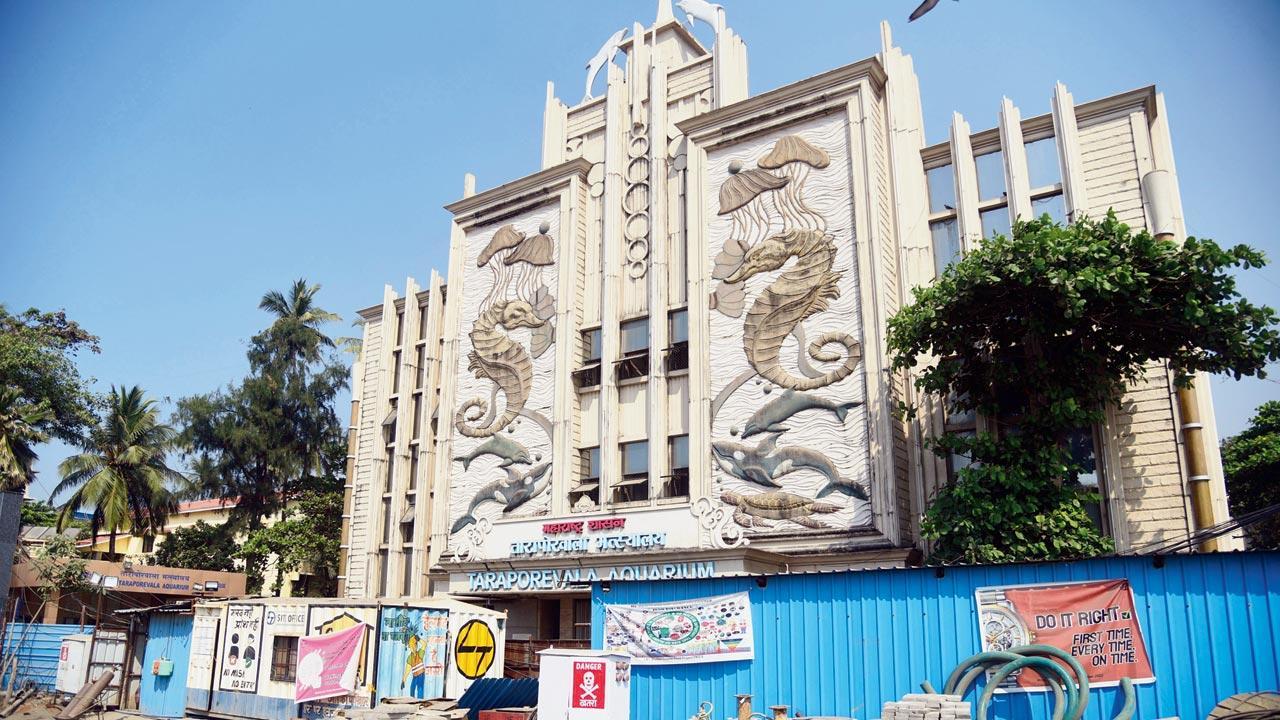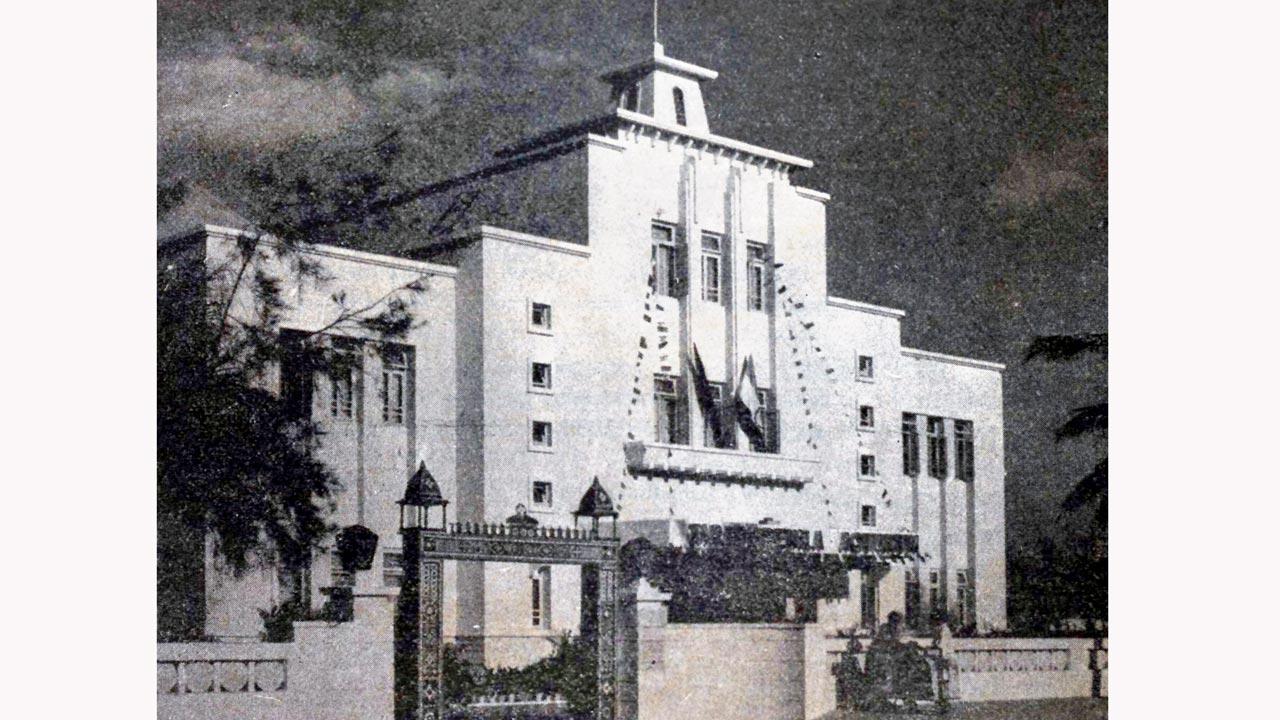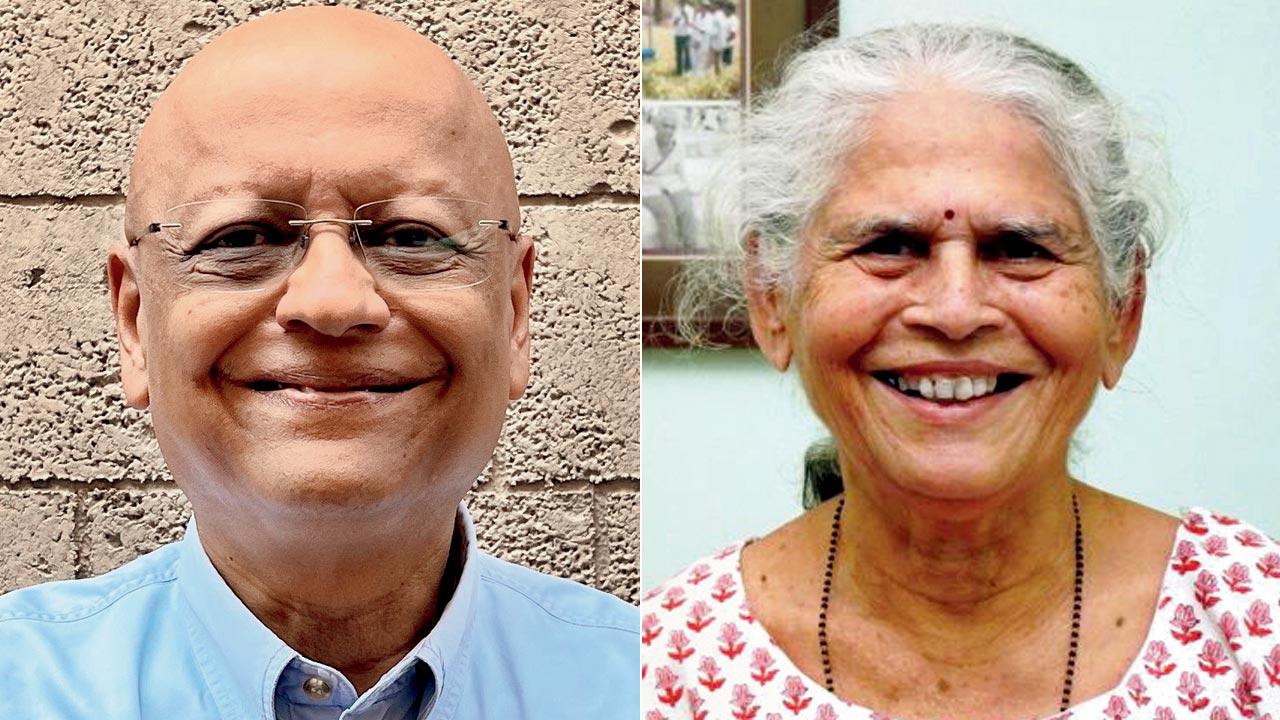With Mumbai’s iconic Taraporevala Aquarium set for demolition after a structural audit by the Public Works Department, the city rues the loss of a major chunk of its memories

This file picture from 2022 shows the approach to the aquarium blocked by the ongoing Coastal Road work. File pic/Pradeep Dhivar
When news of the demolition of the Taraporevala Aquarium made the rounds last week, the tremors were felt all over the city and beyond.
ADVERTISEMENT
Like in the heart of Thane resident Vanita Visvanath, for whom the aquarium was part of a regular one-day picnic with her family.
“Of late,” she says, “When I wanted to start visiting places around Mumbai again, I realised that it’s been closed since the pandemic. Then I heard that it’s going to be demolished, and I was very upset, hurt even.”
 This picture, which was first published in 1956, shows the newly-constructed Taraporevala Aquarium, which was opened to the public in the year 1951. Pic/Art Deco Mumbai Archives
This picture, which was first published in 1956, shows the newly-constructed Taraporevala Aquarium, which was opened to the public in the year 1951. Pic/Art Deco Mumbai Archives
One of Mumbai’s heritage landmarks and the country’s oldest aquarium, the foundation stone for the Taraporevala Aquarium was laid in May 1947 by Balasaheb Gangadhar Kher, the first chief minister of the Bombay state, which at the time comprised Maharashtra and Gujarat.
“It opened in 1951, and was a one-of-a-kind building at the time,” says Atul Kumar, the founder of Art Deco Mumbai. “It was named after K Taraporevala, whose uncle DB Taraporevala founded the famous bookstore DB Taraporevala and Sons. Taraporevala was a philanthropist and contributed R2 lakh in 1945 towards the construction of the aquarium.”
The construction was planned several decades earlier, in 1912, when WS Millard, the then Honorary Secretary of the Natural History Society, presented a proposal before the Government of Bombay. In 1926, in fact, the University of Bombay appointed a committee to decide whether constructing a “marine biological station” was possible. Funds were sought, and several decades later, the aquarium was finally built at a cost of approximately R7 lakh. The exotic marine species were mostly imported from places like the Philippines, Java, Sumatra, Singapore, and Malaysia.
 Atul Kumar and Bhavana Arvind Apte
Atul Kumar and Bhavana Arvind Apte
“It is hoped that the institution will be the first step towards the starting of a great Marine Biological Station,” a 1947 edition of The Bombay Chronicle reads. A report in the same publication after the opening of the aquarium calls it “a symbolical tribute to Bombay, the fishing village of old”.
The city at that time was undergoing a wave of development that had begun in the 1920s with the reclamation of land. “The first set of 35 buildings on Marine Drive were completed in the 1940s. The aquarium was a part of that timeline, and was, in many ways, an acknowledgement of Bombay’s proximity to the sea,” Kumar explains. “I think it was befitting that the aquarium was built on the Marine Drive-Charni Road stretch.”
More than 70 years later, however, the aquarium is just a shell of what it once was. In 2015, it was re-opened to the public after a two-year renovation, which added a 12-foot-long glass tunnel for visitors to experience the beauty of the imported species and local marine life up close. However, the pandemic struck and it was shut down again, never to re-open.
The marine life has all been shipped away to different locations, according to a representative of the aquarium, and now find themselves in different aquarium waters in Pune, Chandrapur, and Ahmedabad.
“Rather than repairing the building, it is better to build a new one with updated facilities,” the representative tells mid-day. “Repairs only last for two years at the maximum. We need new filtration and water circulation systems.”
The Coastal Road work in the area also poses a threat to the foundations, which is one of the reasons why the Department of Fisheries has decided to demolish the existing structure.
Bibhas Amonkar, a naturalist and environmental consultant, feels that the aquarium’s infrastructure wasn’t able to simulate the environment of its marine species.
“I used to visit the place quite regularly with my friend, Dr Boman Framji Chhapgar, and we used to sit and chat about marine life.” Dr Chhapgar was a marine biologist who served as the curator of the aquarium from 1959 to 1965.
Amonkar cites an example: The green turtles that used to be on display grow to about a metre in the sea. In the aquarium, there were three to four of them, in a tank that was too small for them; eventually some of them had to be released into the sea.
“Any enclosure for animals, fish, or birds, has to be designed keeping in mind their particular environments. The architect can’t just design a structure; the water chemistry of the micro-ecosystem needs to be perfect for the fish to survive.”
For Mumbaikars, the aquarium was a source of joy and awe. Vile Parle resident Bhavana Apte, 81, recalls coming to Mumbai’s shores from Gwalior in 1964 and being absolutely blown away. “I remember when I saw the aquarium for the first time. Coming from a small village, the concept of an aquarium was so new to us,” she recalls.
 Subscribe today by clicking the link and stay updated with the latest news!" Click here!
Subscribe today by clicking the link and stay updated with the latest news!" Click here!







